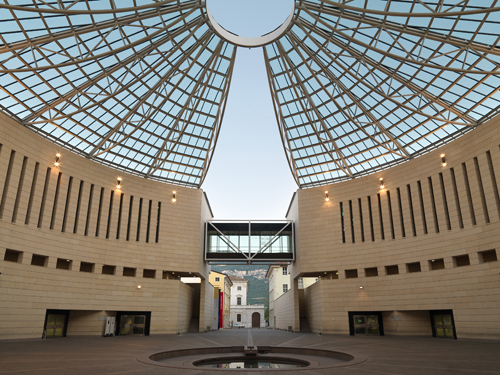
Alice no País das Maravilhas is the first exhibition to comprehensively focus on Lewis Carroll’s classic “Alice” books and their enormous influence on the world of visual arts from the first publication of As aventuras de Alice no País das Maravilhas em 1865 até os dias atuais.
Desde o dia 25 de fevereiro a 3 de junho 2012, a extravagância visual (organized by the Tate Liverpool in collaboration with the Mart di Rovereto and the Hamburger Kunsthalle) will take center stage at the Mart. Lewis Carroll was an active participant in the artistic scene of his time as both an innovative photographer and a scholar interested in art and artists. He kept company with talent like the poet and artist Dante Gabriel Rossetti, the sculptor Alexander Munro, and the artist Sir John Everett Millais. Paintings by Rossetti and Millais are part of the Mart’s Alice no País das Maravilhas exhibition along with others by William Holman Hunt and Arthur Hughes about whom Carroll wrote in his famous diaries.
The timing of the exhibition is perfect of course since July, 2012 is the 150th anniversary of the first telling of the Alice no País das Maravilhas story to Alice Liddell, Carroll’s inspiration for Alice. 2015 will mark the 150th anniversary of Macmillan’s first publication of As aventuras de Alice no País das Maravilhas. I asked Cristiana Collu, Director of the Mart, the Modern and Contemporary Art Museum of Trento and Rovereto, to share her views on the exhibition and what Alice no País das Maravilhas means to Italians.
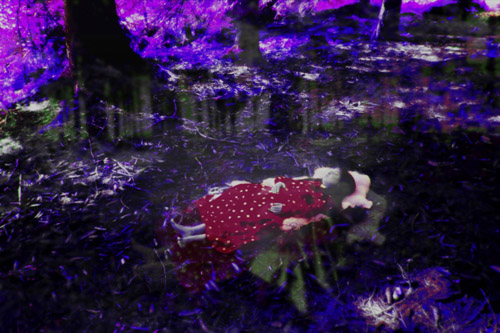
What do Lewis Carroll’s Alice books mean to Italians young and old?
Carroll’s books are classics and form part of the Western collective imagination. I don’t know if there is a specifically Italian perception of Alice as character, but I am sure that there are numerous versions and translations, the last of which I have heard is A s´àtera ala de s´ispigru and su chi Alisedda b´at agatadu; em outras palavras, a version in Sardinian (which is the region I come from myself). The example is a very significant one because it uses the tale of Alice to revive not only a language that has fallen into neglect but also to create neologisms, and finally to combine the richness of the culture of the place, founded on the intangible heritage of oral transmission, with codified literature. A process of recognition and appropriation is set into motion that says much if not all about the extraordinary strength of the Alice story.
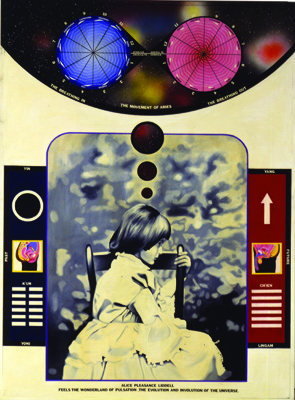
What can visitors to the Mart’s Alice no País das Maravilhas exposição esperar para descobrir quando eles visitam? What will make the Mart’s exhibit unique in contrast to the Tate’s version?
The exhibition is a world of marvels, just as is the museum, offspring of the wunderkammer (an encyclopedic collection of objects). Neste sentido, the marvel is not only that which surprises, astonishes and leaves us open-mouthed, but on the contrary that which functions as a veritable detonator of our creativity, our capacity for reaction and problem-solving, our willingness to see things in a different way and the world from new points of view; when all is said and done, it calls things into question. Having doubts for Alice is not synonymous with the fragility of her being but with her capacity for growth, for ‘muchness’. Our visitors will find this ‘muchness’ in the presentation of the exhibition, in the way the exhibition has been laid out, which we have sought to interpret with a precise visual identity corresponding to the reading of the references made between museum, literary work, works on display, interludes and scores held together by a graphic design that is able to maintain the weight of the whole throughout, without ceasing to lighten it with irony and freshness.
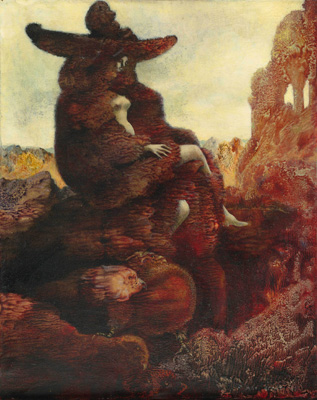
Can you tell us about some of the Italian artists and writers that have been inspired by Lewis Carroll’s works? Are any of these important artists or their works featured in the Mart’s exhibit?
Carroll’s tales have enjoyed an extraordinary following in Italy too. We could draw up infinite lists of translations, free interpretations, adapted versions for children and freely inspired transpositions (including the fine one by Gianni Rodari, Alice nelle figure), and those for adults (Aldo Busi’s version, por exemplo) and for the film festival in Rome, “Alice nella città” and its logo, designed by Marti Guixé. I believe that Alice really is a sort of catch-all, an emblematic metaphor of which art and its various forms, from cinema to design, painting to sculpture and video art, have made use to ‘illustrate’ even the dark and dense part that the girl and her author have represented. Alice no País das Maravilhas, contudo, does not contemplate works by Italian artists; we shall instead draw some in who will offer their personal vision, taking the suggestions offered by the exhibition in tune or opposition to their style so they may offer us their own personal vision.

Do you think Italians are aware of the story behind the story, isto é. que Alice Liddell foi a inspiração de Carroll para a história e também que muitos dos personagens do livro foram inspirados por sua família e seu ambiente? Is this something that you believe will be of interest?
The Italian public is thus informed that the exhibition layout, which is also chronological, will offer a series of points enabling many to put together pieces of a puzzle that they already possessed, thus offering a complete and conscious vision of the history and of the world subtending all, together with what occurs behind the scenes. I have no doubt that even these aspects will be of considerable appeal and interest.
O que isso significa para você exposição? Quais são alguns de seus favoritos pessoais nas exposições?
I prefer the exhibition as a whole. Adorei o projeto e experimentou a parte crucial da criação de sua identidade dentro do Mart. Juntamente com todos os meus colaboradores que partilharam esta aventura comigo, Estou certo de que nós criamos um depoimento de nossa mudança, um dispositivo que não só se traduz mas implementa a nossa visão do museu como um lugar de utopias, de possibilidades, de um estereoscópico, e, ao mesmo tempo oportuno vista; um lugar em que nos sentimos estar em 'Wonderland', em outros lugares e ainda em casa.
The Museum of Modern and Contemporary Art of Trento and Rovereto, the Mart, is one of the most important museums in Italy.

Photos courtesy of the Alice in Wonderland Exhibition at the Mart, the Modern and Contemporary Art Museum of Trento and Rovereto.
Para mais artigos Alice: clique aqui
C. M. Rubin é o autor de duas séries on-line lido pelo qual ela recebeu uma 2011 Upton Sinclair prêmio, “A Pesquisa Global para a Educação” e “Como vamos Leia?” Ela também é autora de três livros mais vendidos, Incluindo The Real Alice no País das Maravilhas.
Siga C. M. Rubin no Twitter: www.twitter.com/@cmrubinworld

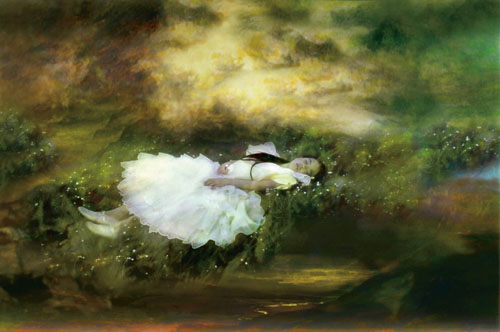
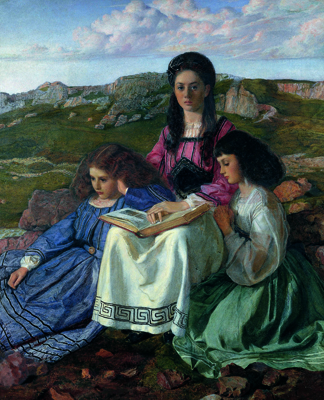
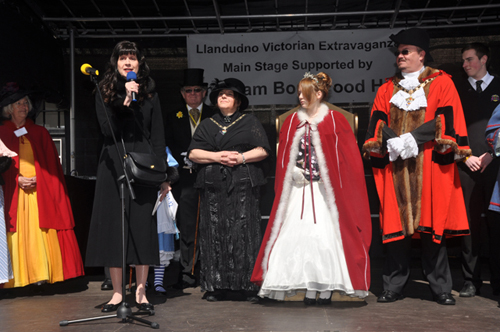
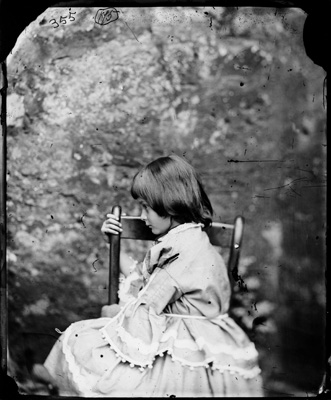
Comentários Recentes